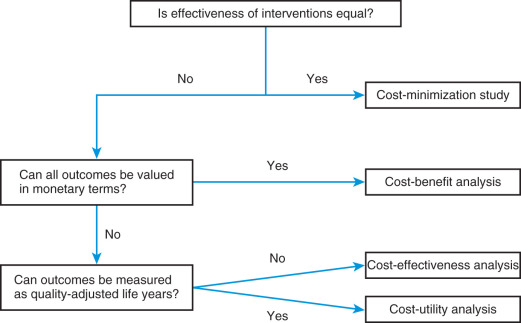Physical Address
304 North Cardinal St.
Dorchester Center, MA 02124
Explosive growth in medical imaging technology during the past few decades has provided physicians with an unparalleled ability to diagnose abnormalities of the cardiovascular system. However, in some cases, scientific enthusiasm and economic forces have helped diffuse new technologies widely without careful assessment of their costs and benefits to patient care. This growth in available imaging technologies has contributed to the continuous increase in health care spending seen since the 1970s. Despite a steady decline in deaths from coronary artery disease (CAD) in the United States, there has been an increase in health care expenditures attributable to heart disease, with an estimated cost of $316 billion dollars in 2010. An analysis of Medicare claims between 1999 and 2008 revealed that 78% of this growth in cardiovascular services was attributed to noninvasive testing—primarily nuclear stress imaging and echocardiography.
Given these rising costs, there is increasing pressure worldwide from government agencies, insurance companies and other stakeholders to demonstrate proof of value for all medical expenditures.
Cost-effectiveness analyses compare the costs and outcomes for a new intervention with an existing alternative treatment, strategy, or intervention. The questions such analyses aim to answer are: how much does the new intervention cost compared with current practice and is it more effective; and if so, how much more? Cost-effectiveness analyses aim to provide the same information commonly used for making decisions about purchasing decisions in everyday life ( Fig. 49.1 ). If a new strategy or potential purchase is more effective and less costly than the currently available option, it is almost certainly worth doing, and in general such a strategy is called “dominant.” Likewise, if the new strategy is less effective and more costly, no one is likely to use it. However, the more usual outcome of a cost-effectiveness analysis of a health technology is that the new technology may be more effective, but also more costly. A judgment then needs to be made as to whether the benefit obtained is worth the cost, and how certain we can be about that assessment. Cost-effectiveness analyses aim to provide a framework for making such decisions.
It is clear that cost-effectiveness analysis is critical for the future of cardiac imaging, given rising costs and increasing scrutiny from third-party payers. In this chapter we will provide a brief overview of the techniques of cost-effectiveness analysis, as applied to cardiovascular magnetic resonance (CMR) and review the current literature as it pertains to CMR in both US and European contexts.
A detailed review of the technical methods of cost-effectiveness analysis is beyond the scope of this chapter, and readers are referred elsewhere. However, cardiovascular imaging physicians need to have a basic understanding of the terminology used in this field. Cost-effectiveness analysis tries to provide a framework to compare different management strategies or treatments within the constraint of limited resources. It aims to maximize health for a given budget. Although often used interchangeably, the terms “cost-minimization,” “cost-benefit,” “cost-effectiveness,” and “cost-utility” have distinct definitions ( Fig. 49.2 ).

When clinical equivalence is demonstrated through rigorous trial data then a cost-minimization analysis can be a useful economic tool. The rationale being that if two therapies (or management strategies) are equally effective, the cheaper one is favorable from an economic perspective. In reality it is often very difficult to determine clinical equivalence, so caution must be used when interpreting results from such analyses.
In a cost-benefit analysis, both the cost and the benefit, which in this case is improved health, are measured in monetary terms. This requires placing a dollar value on grades of health and duration of life. Although this methodology is appropriate in the analysis of many economic systems, placing a direct monetary value on human health and life extension can be problematic.
Due to the difficulty of assigning a dollar value on human health, many health economists prefer cost effectiveness, which describes the relationship between cost and a measure of health relevant to the intervention being analyzed—such as life-years gained, disease free survival in a cancer treatment study, or reductions in blood pressure in a trial of an antihypertensive. The central metric of cost effectiveness is the cost-effectiveness ratio with cost in the numerator (in dollars, euros, etc.) and effectiveness in the denominator. In the context of a cost-effectiveness analysis, the cost of a particular therapy is the sum of all resources consumed. This may include the direct cost of care (i.e., hospital, drugs, treatments, diagnostic tests, physician fees), indirect costs (i.e., lost productivity from work, travel, day care), as well as intangible costs (i.e., pain, suffering).
For a particular treatment or test, the cost-effectiveness ratio in isolation is of little value, unless compared with an alternative treatment/test (or no treatment/test). Cost-effectiveness analysis may therefore be better characterized as an incremental cost-effectiveness (“comparative effectiveness”) ratio as detailed in the formula below:
Become a Clinical Tree membership for Full access and enjoy Unlimited articles
If you are a member. Log in here